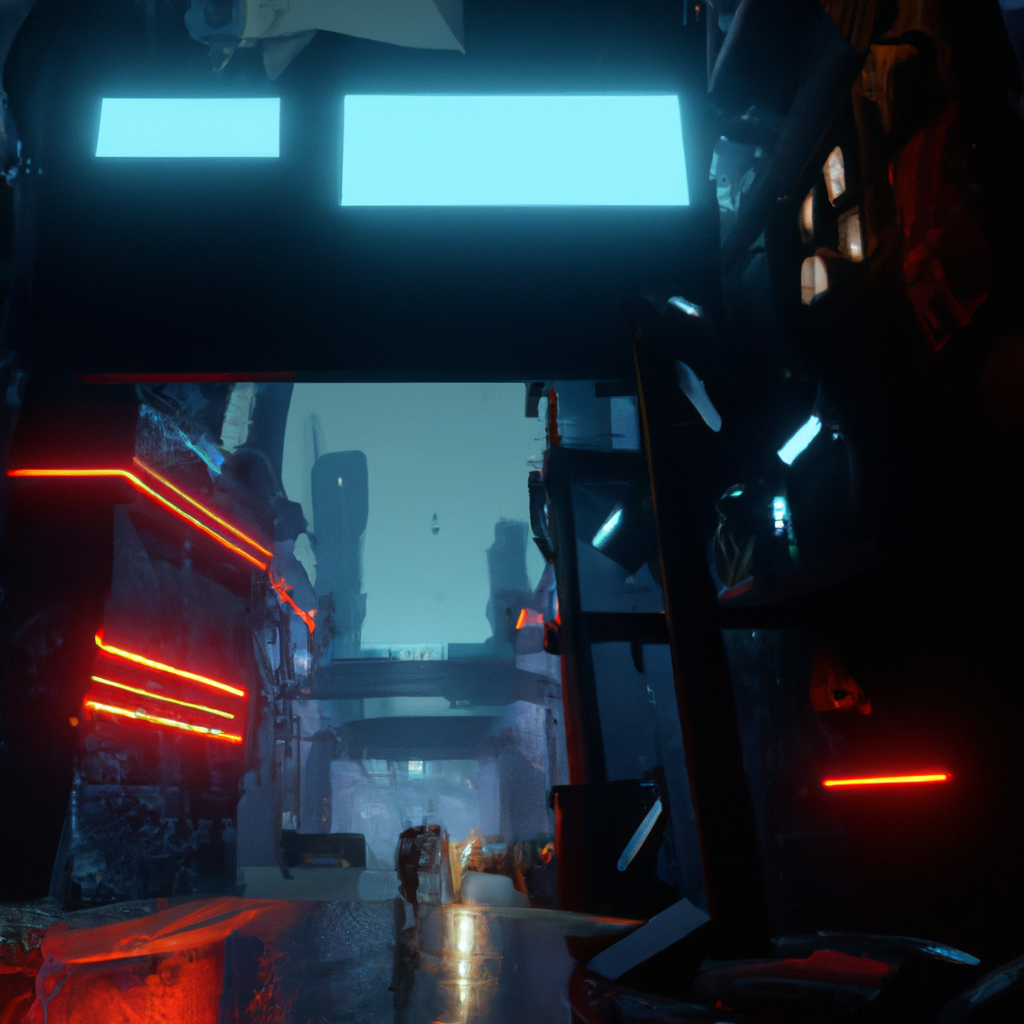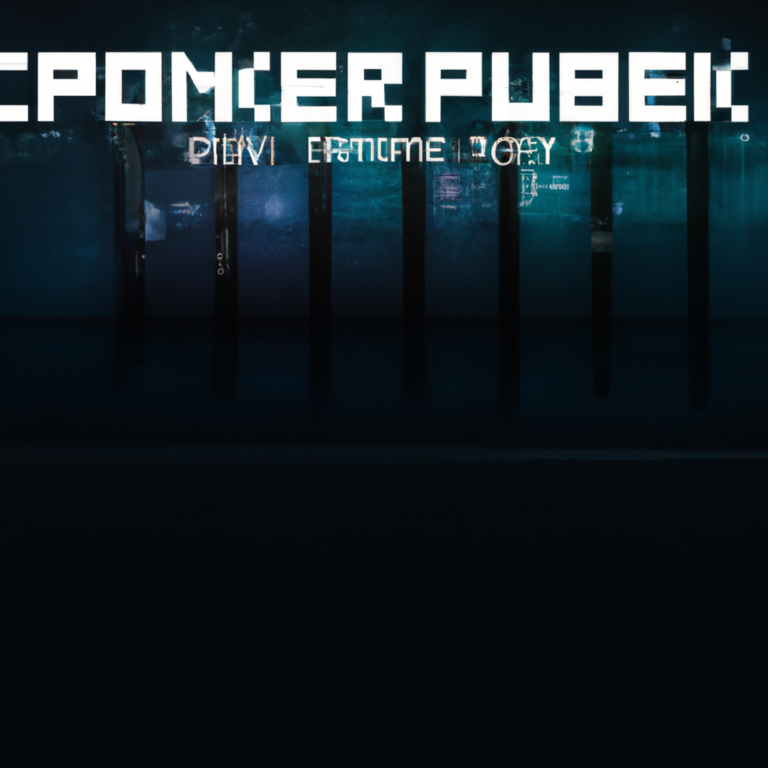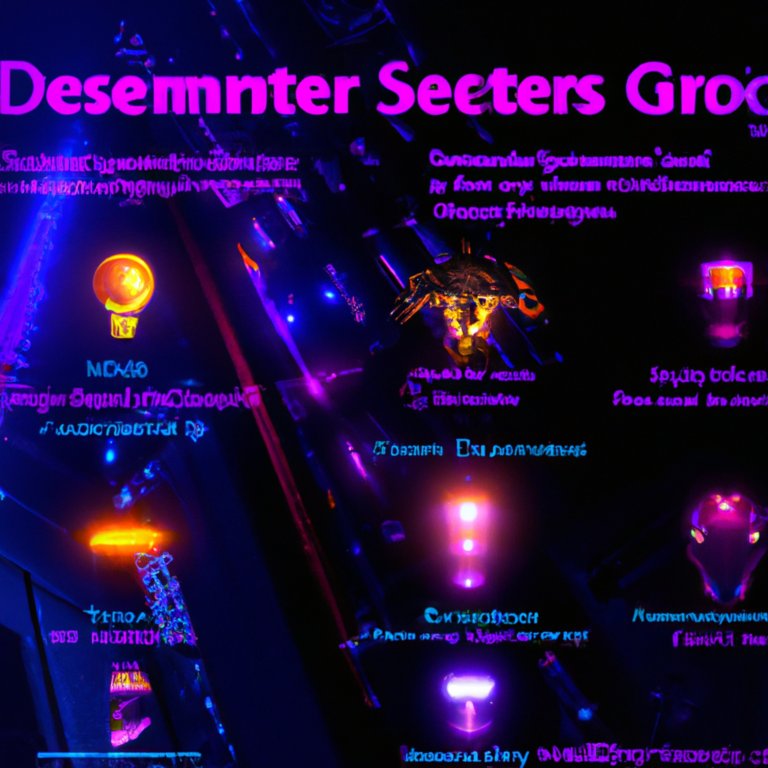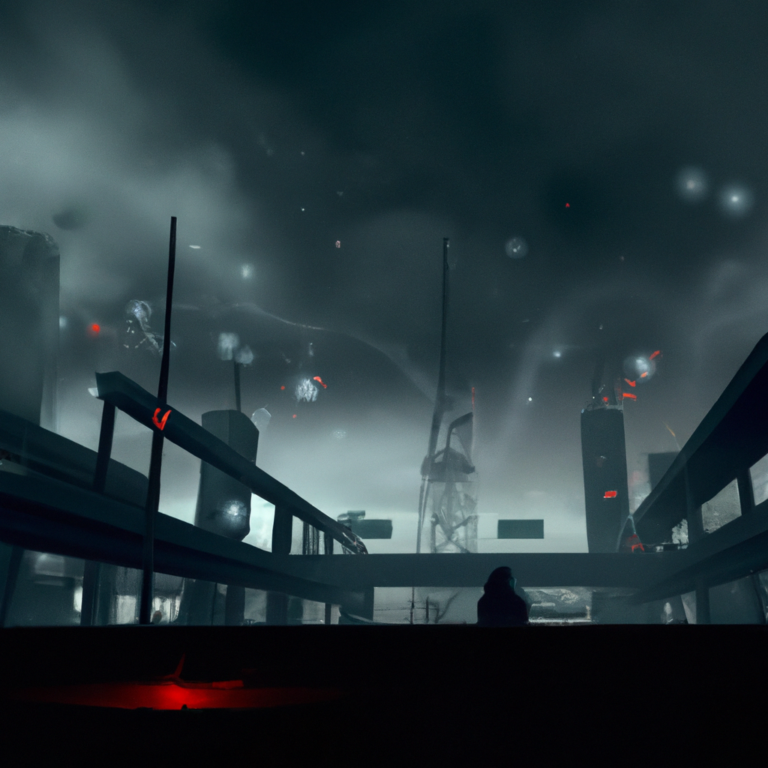“Unleashing Creativity: A Beginner’s Guide to the Basics of Unreal Engine”
Unreal Engine is a powerful game development platform that has taken the world by storm. With its robust capabilities, impressive visuals, and ability to create both small and large-scale projects, it’s no wonder developers of all levels are flocking to it. If you’re new to the world of game development or just starting your journey with Unreal Engine, this blog post will provide a brief overview of the basics to help you get started.
1. What is Unreal Engine?
Unreal Engine is a game engine developed by Epic Games initially released in 1998. It has since evolved into a versatile platform for creating interactive experiences, including games, virtual reality, and architectural visualization. One of the engine’s standout features is its use of Blueprints, a visual scripting system that allows you to develop games even without programming knowledge.
2. Getting Started with Unreal Engine
To begin using Unreal Engine, you’ll first need to download and install the Epic Games Launcher, create an account, and download the latest version of the engine. Once you’ve got everything set up, you can start a new project from the launcher, select a template, and dive into the world of game development!
3. The Interface
Unreal Engine’s interface can seem daunting at first but understanding its primary components will help you navigate it like a pro. The main elements of the interface are:
– The Viewport: The central area where you’ll see the 3D scene you’re working on.
– The Content Browser: A file explorer-like panel where you can find and manage your project’s assets, like models, textures, and audio files.
– The Toolbar: Located at the top, it contains tools for playing the game, building, and accessing other essential functions.
– The Modes Panel: A panel on the top-left that allows you to switch between different editing modes, like placing objects or painting landscapes.
– The Details Panel: Located on the right, it gives you access to an object’s properties when it’s selected, allowing you to change its size, position, or behavior.
4. Blueprints
As mentioned earlier, one of Unreal Engine’s most powerful features is its visual scripting system called Blueprints. Blueprints allow you to create game logic by connecting nodes in a visual graph rather than writing lines of code. There are many types of Blueprint classes, but the most common ones are:
– Actor Blueprints: These represent objects in your game world, like characters, pickups, or interactive elements.
– Level Blueprints: These are specific to a particular level or map and are used to control level-specific events or interactions.
– Widget Blueprints: These help you create and customize user interfaces and menus.
5. Materials and Textures
Materials in Unreal Engine control how objects appear, defining their color, shininess, and other visual properties. Materials are created using the Material Editor, where you can combine different shaders, textures, and parameters to achieve the desired look. Textures, on the other hand, are image files that you can use as inputs in your materials, providing details like color, reflections, and normal maps.
6. Lighting
Lighting is crucial for setting the mood and atmosphere in your game. Unreal Engine offers several types of lights, including directional, point, and spotlights. The engine also supports dynamic global illumination, allowing you to create realistic, natural light interactions in your scene. Additionally, you can use reflection probes to capture reflections and improve the overall look of your environment.
7. Building and Packaging Your Game
Once you’ve got your game ready, you can “build” it by clicking the Build button on the toolbar, which generates the necessary data for lighting, collisions, and other aspects of your game. To share your game with others, you’ll need to “package” it. You can do this by going to File > Package Project > Choose Platform (e.g., Windows or macOS) and selecting an output folder.
Unreal Engine is a vast and powerful platform that provides endless possibilities for game development. This blog post has only scratched the surface of what it has to offer, but it should give you a solid foundation to start your journey. As you become more familiar with the engine, you’ll discover countless tools and techniques to bring your creative visions to life. Happy developing!






